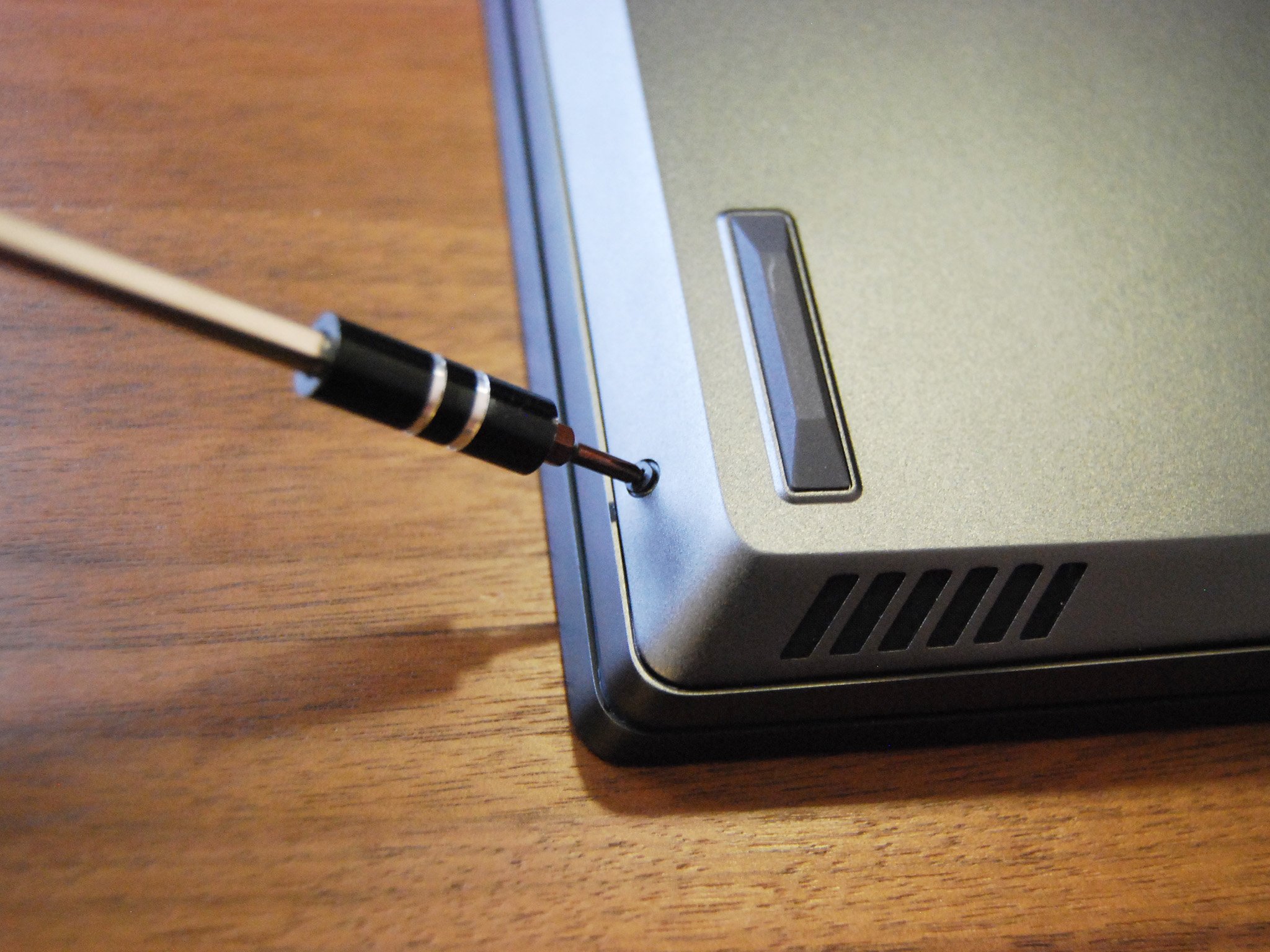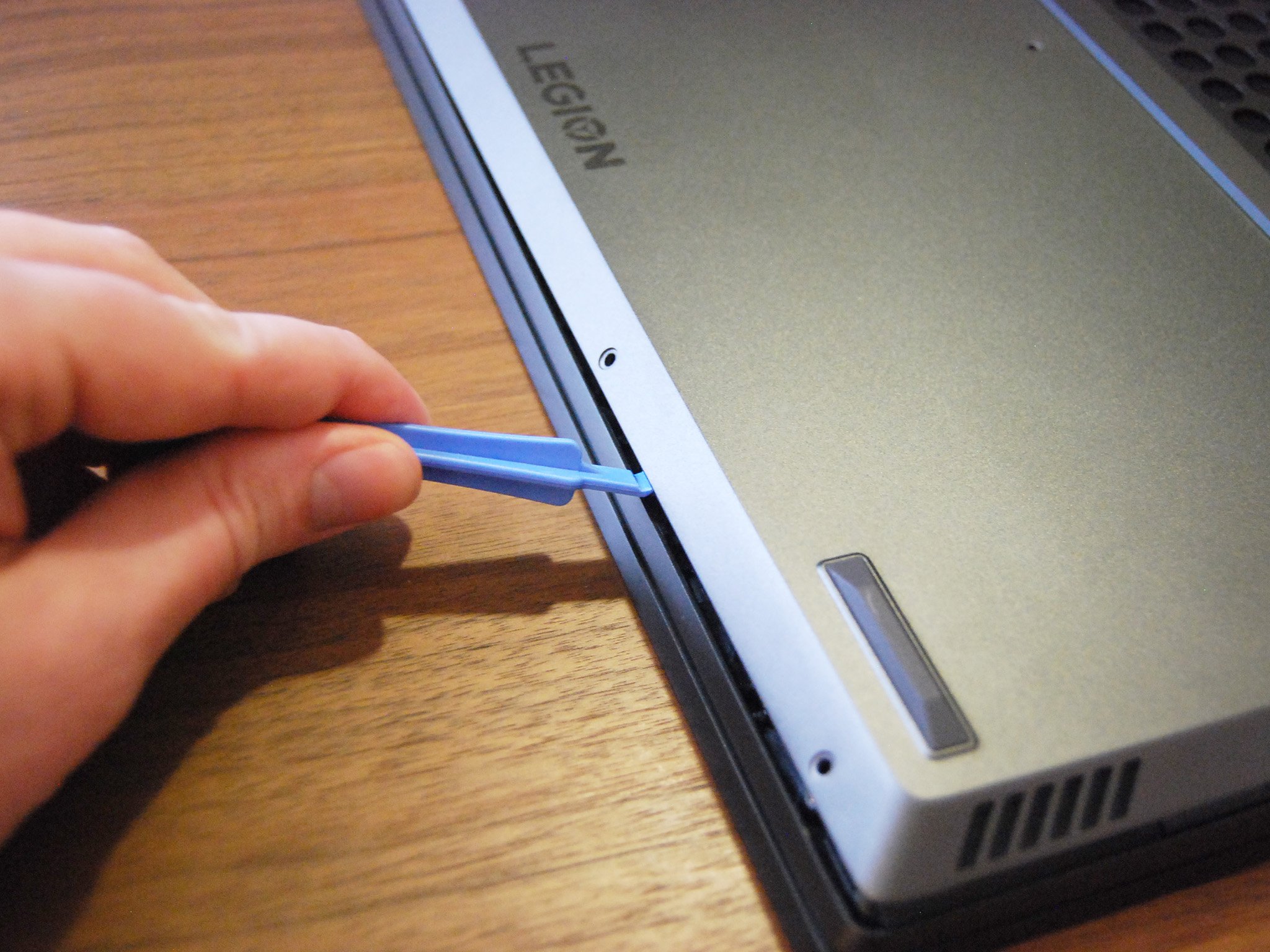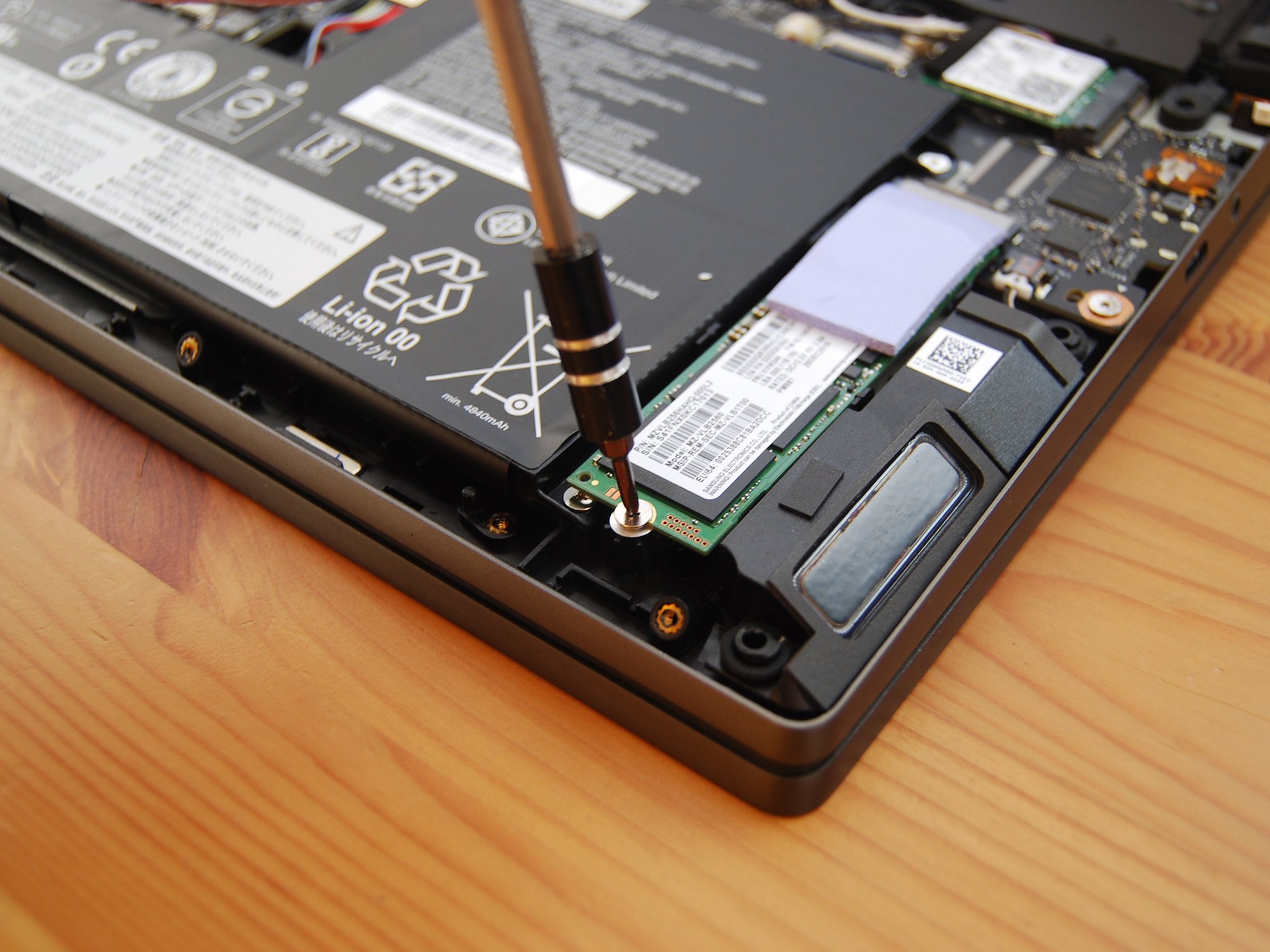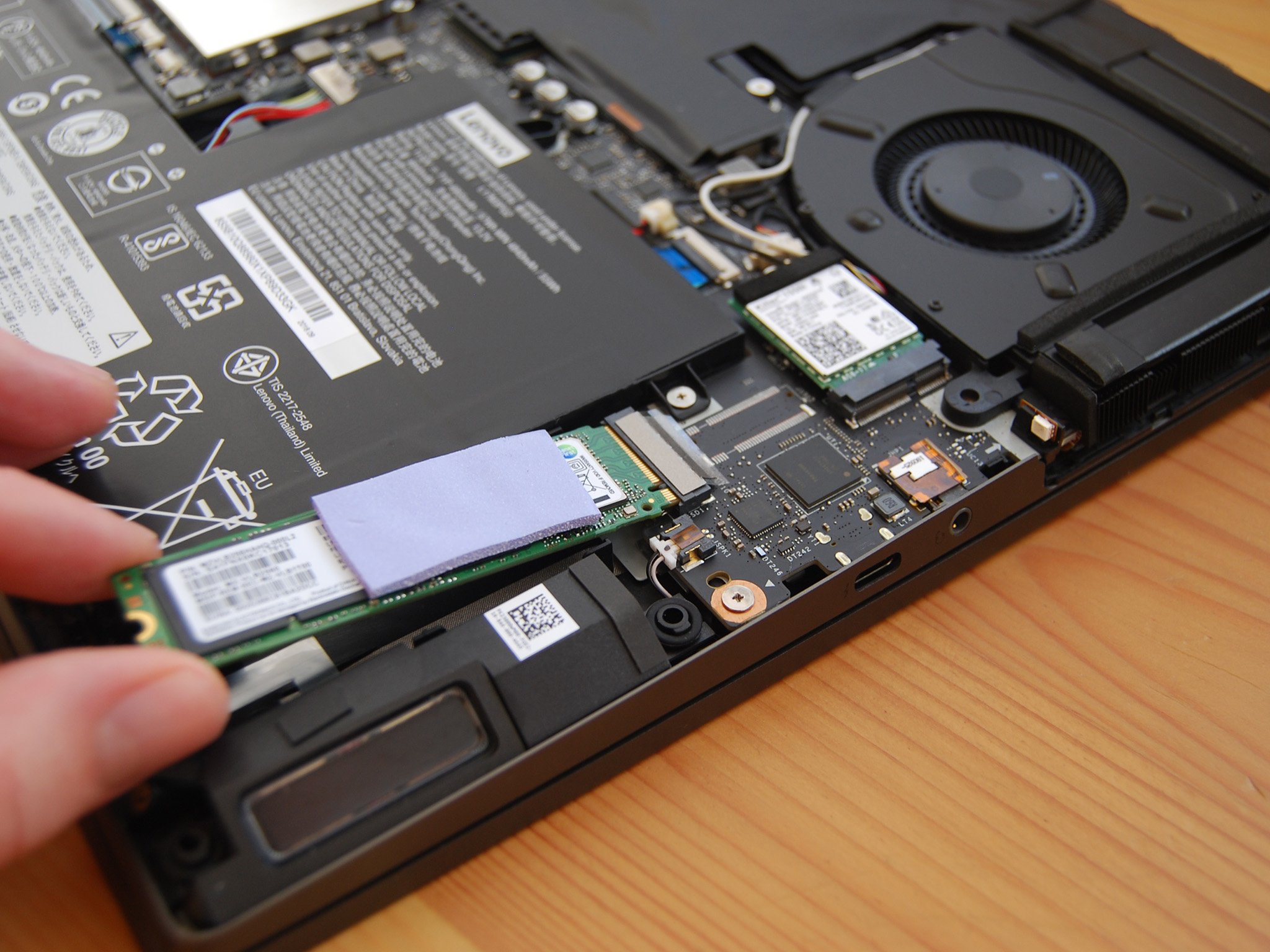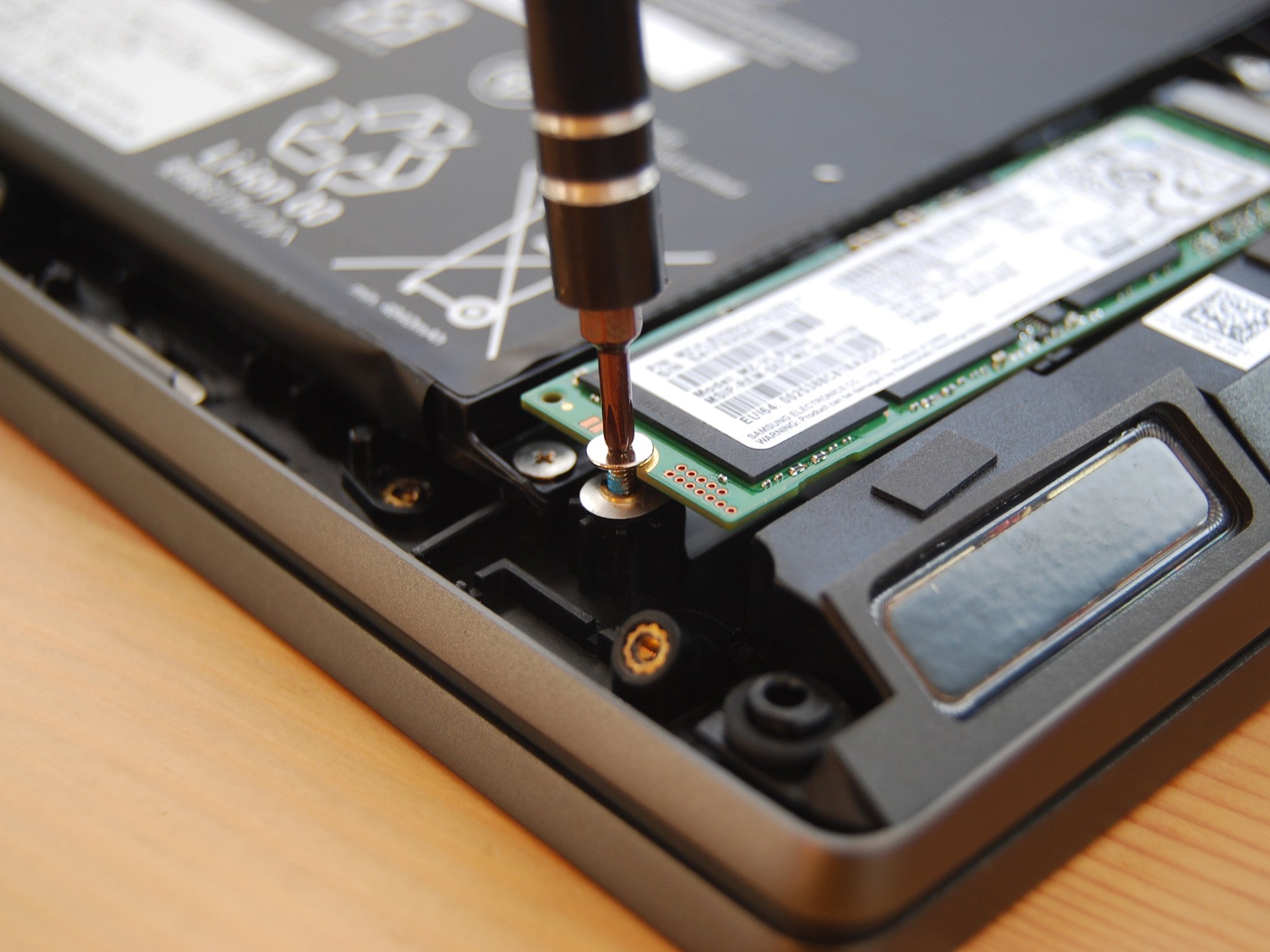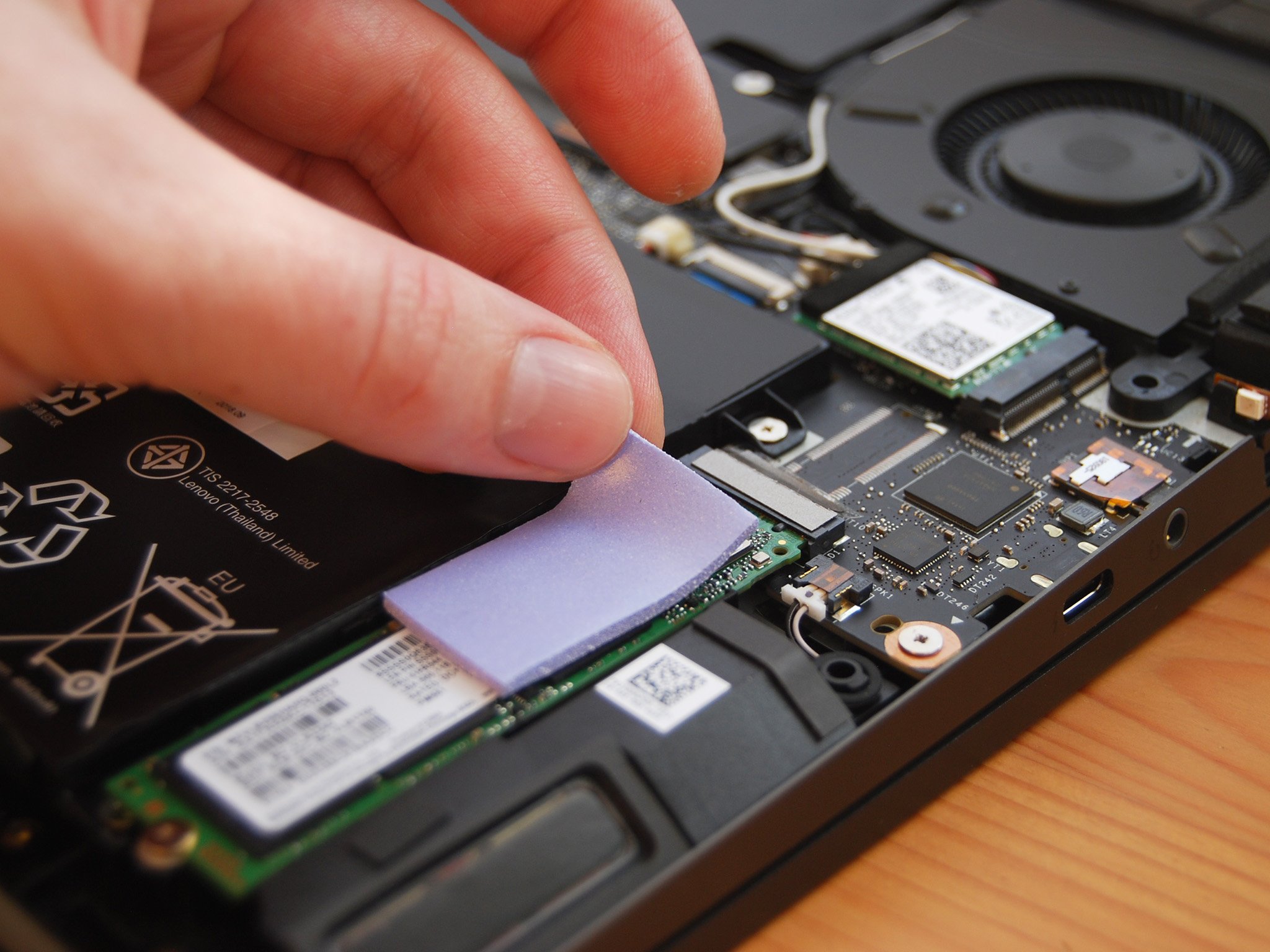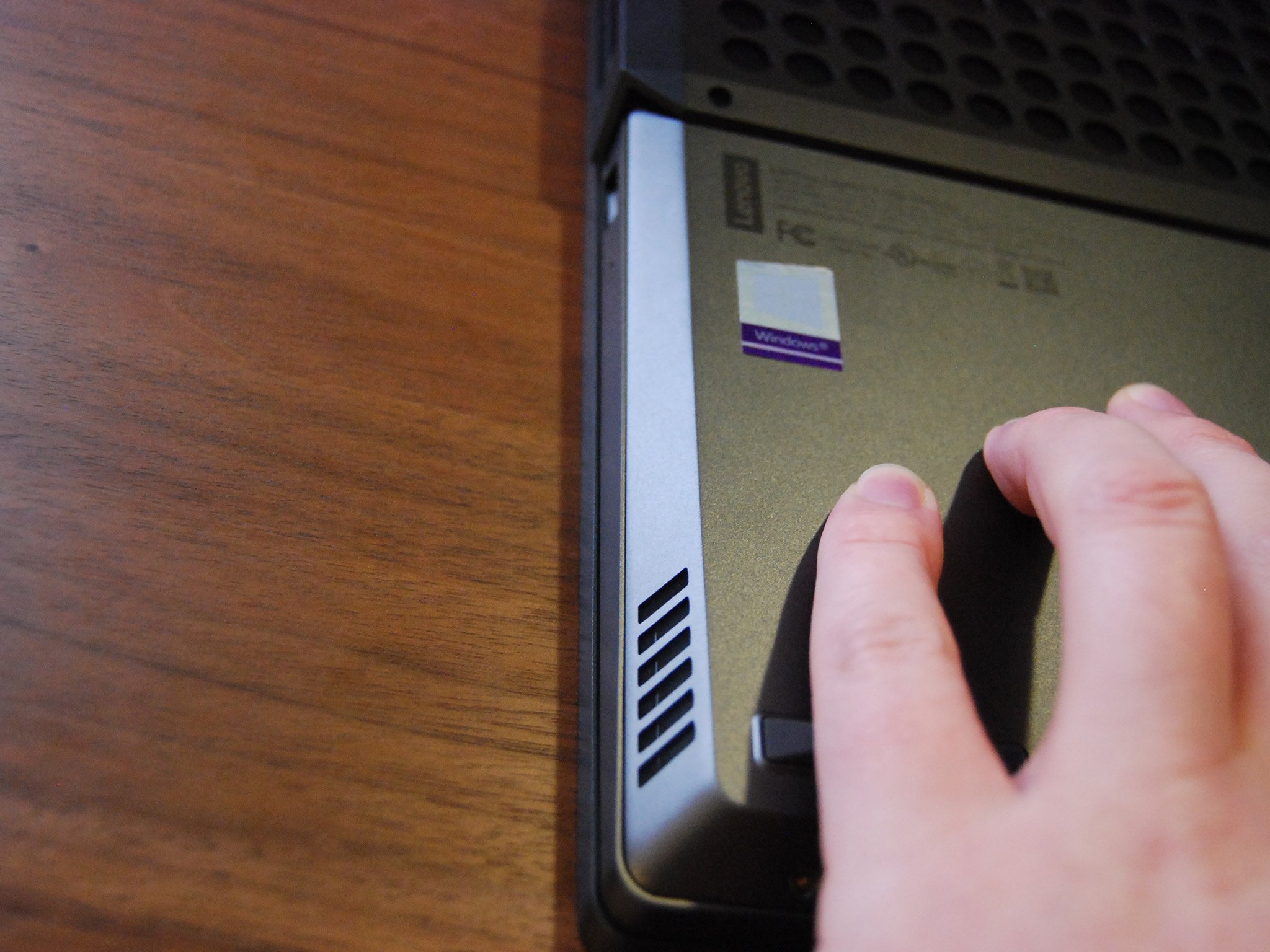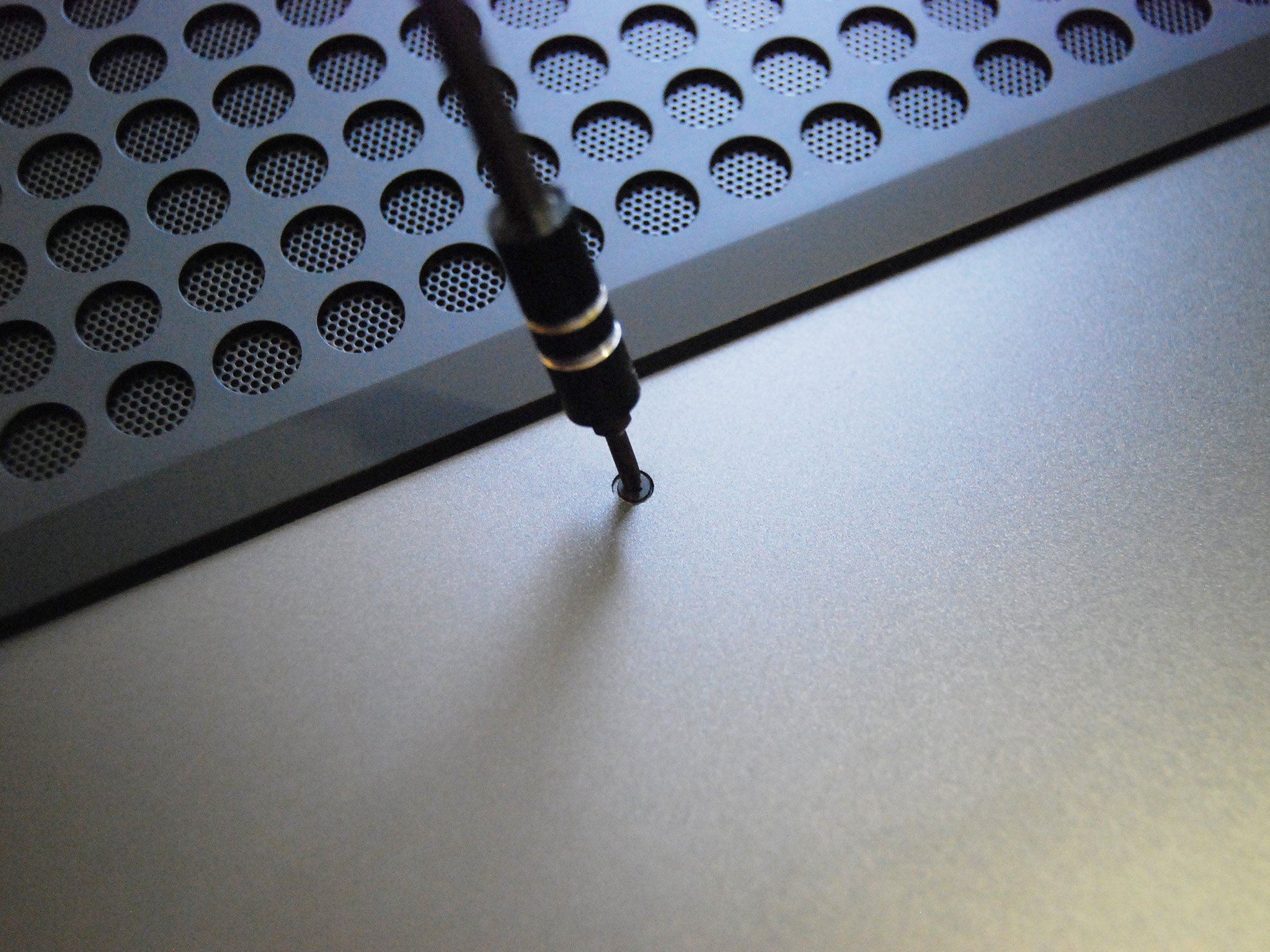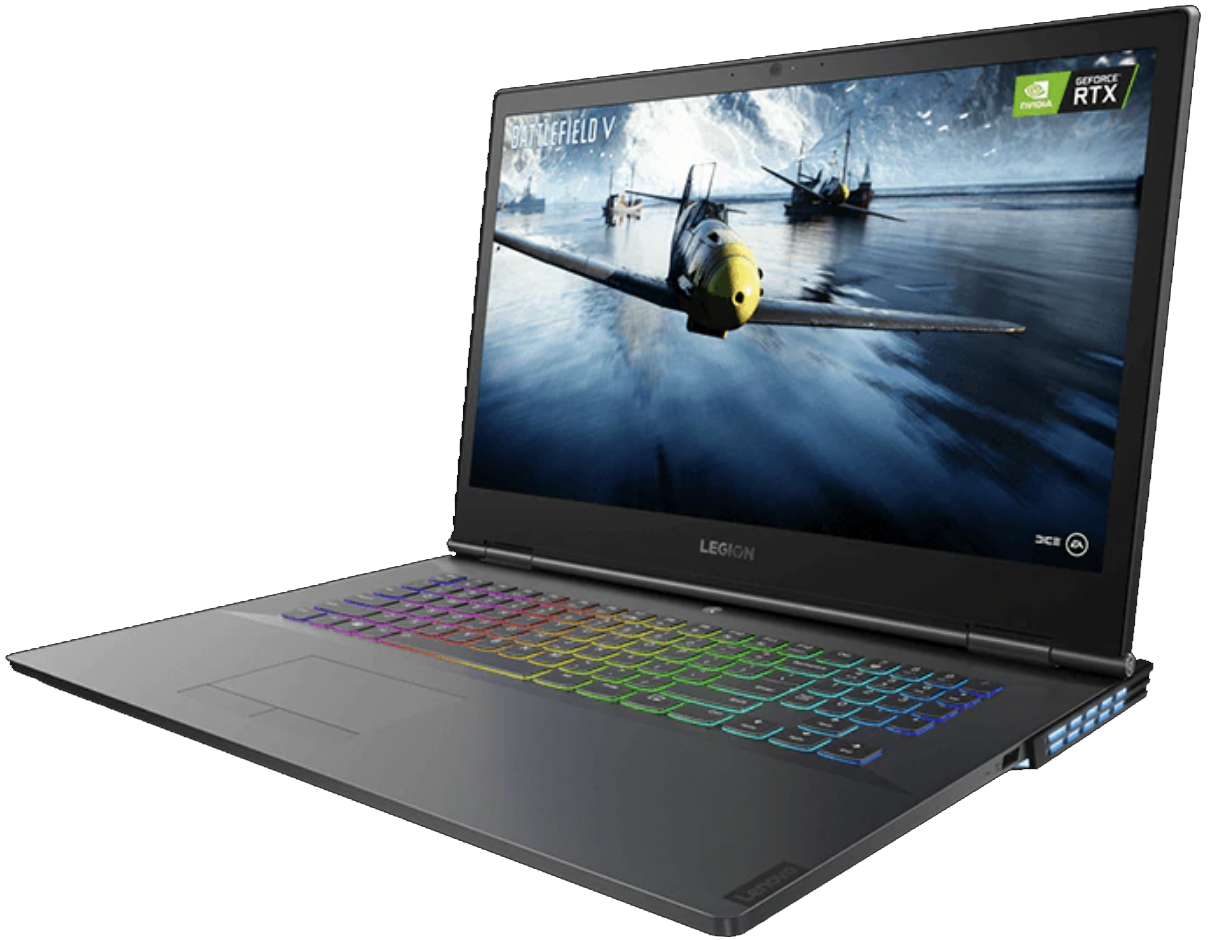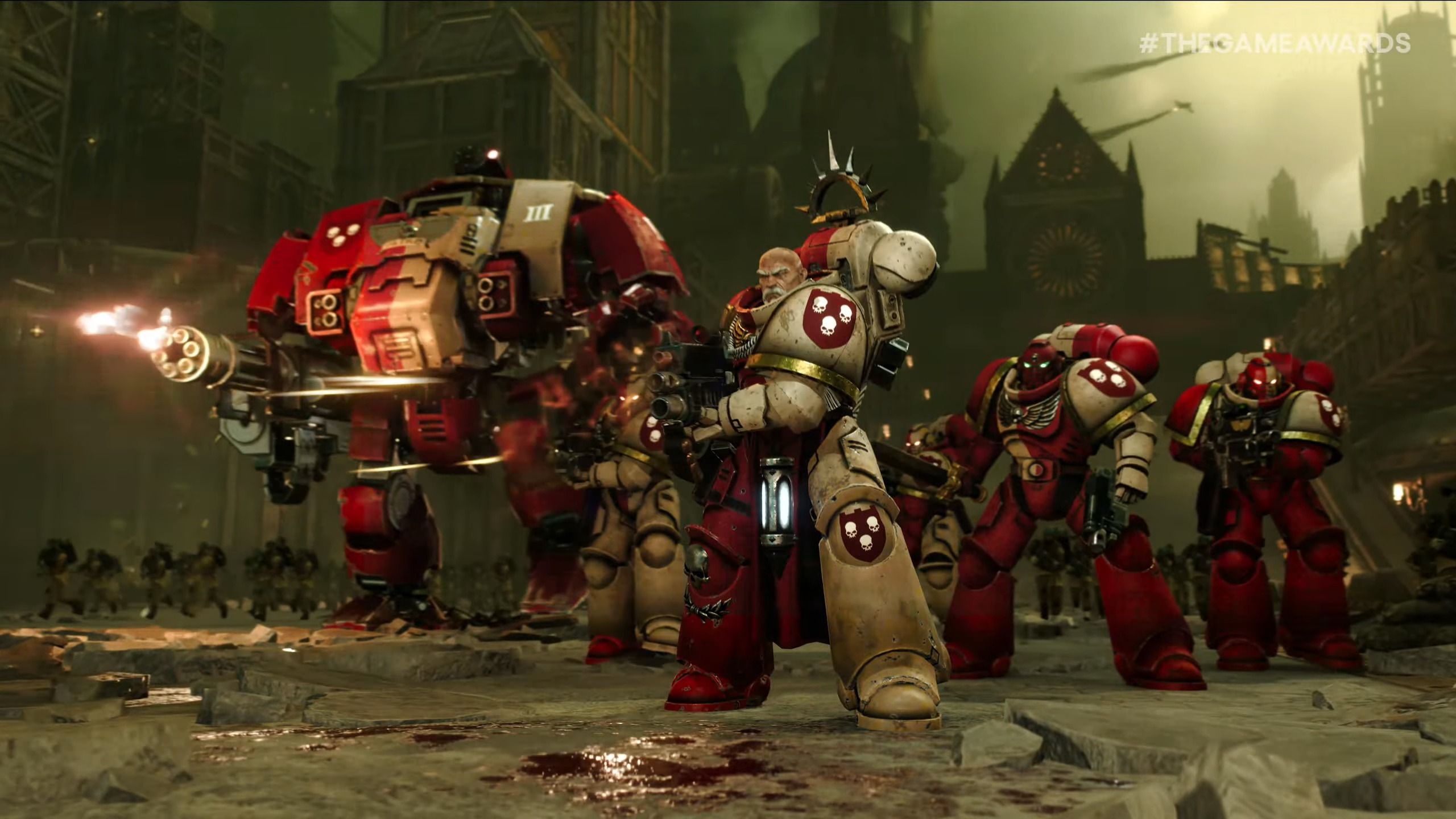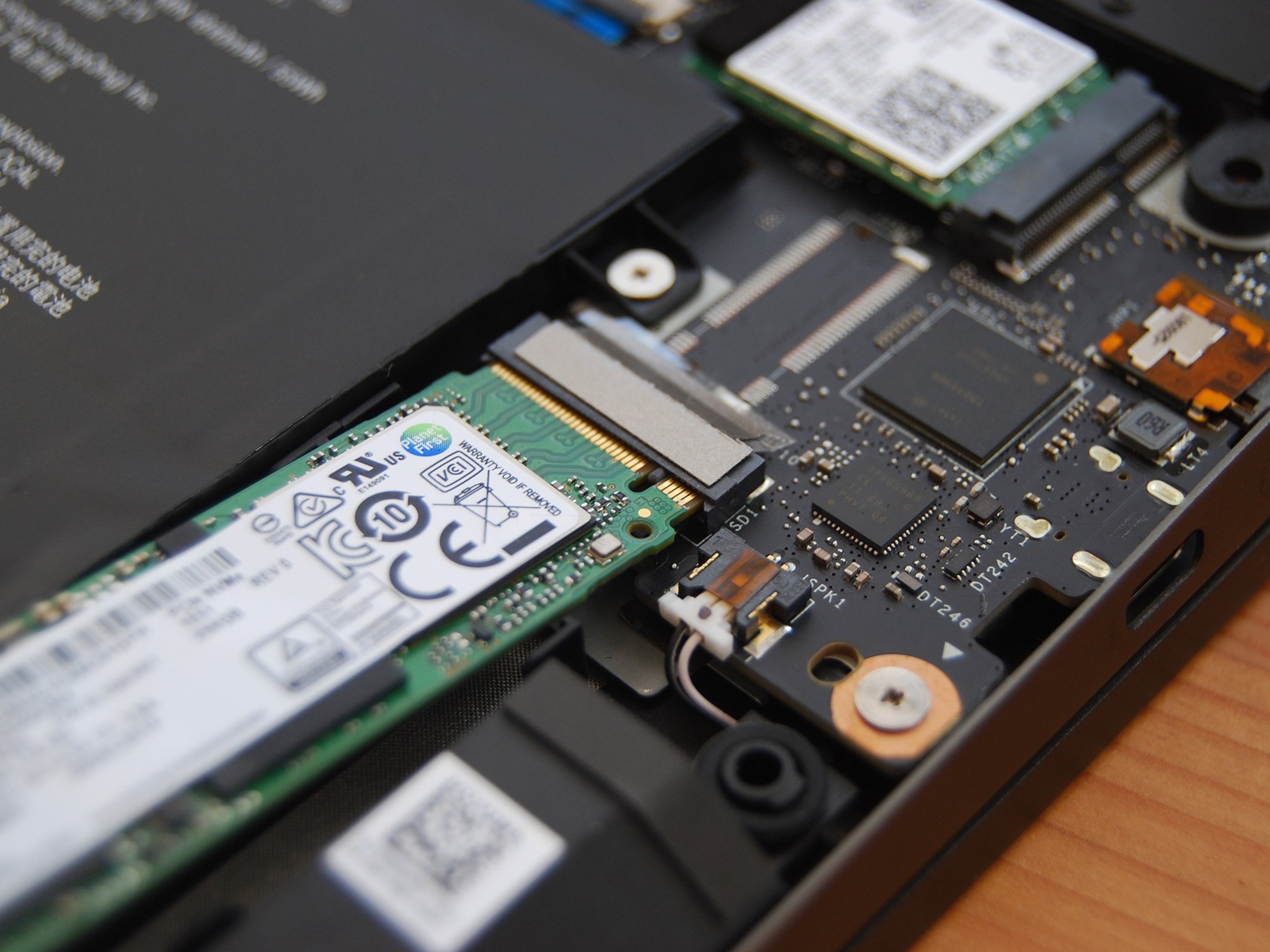
Lenovo made it relatively easy to swap out RAM and storage in its updated Legion Y700 series of gaming laptops, allowing you to keep your device relevant further into the future. The 15- and 17-inch Legion Y740 models are available with both a 2.5-inch hard-disk drive (HDD) and an M.2 PCIe solid-state drive (SSD), giving you a few options at checkout and giving you more flexibility for upgrades. In this guide, we'll show you how to add or upgrade the M.2 SSD in the 15-inch Y740 and the larger 17-inch model.
Hardware and software to get the job done
- M.2 PCIe NVMe SSD: Samsung 970 EVO Plus (From $87 at Amazon)
- SSD enclosure for cloning: ElecGear M.2 PCIe enclosure ($50 at Amazon)
- Cloning tool: Macrium Reflect 7 (Free at Macrium)
- Prevent damage: Rosewill anti-static wristband ($6 at Amazon)
- All required tools: ORIA PC toolkit ($33 at Amazon)
- 15-inch gaming laptop: Lenovo Legion Y740 15 (From $1,596 at Lenovo)
- 17-inch gaming laptop: Lenovo Legion Y740 17 (From $1,840 at Lenovo)
How to upgrade the M.2 SSD in your Lenovo Legion Y740
Note: Before beginning any upgrades on a PC, it's a good idea to back up your data in the unlikely event something should go wrong. You'll also want to ensure you're not working in a static-filled environment, as it can cause damage to a PC's internal hardware. Consider investing in an anti-static wristband to avoid unnecessary damage.
There are quite a few Legion Y740 configurations available in both sizes, and you can opt for a lone 1 TB HDD (which can also be upgraded), a lone PCIe SSD in a few sizes, or a combination of the two. The SSD provided is generally a speedy Samsung PM981, but Lenovo only offers sizes up to 512 GB. If you plan on running most of your games on an SSD for better performance, that space will fill up fast, especially with Windows 10 taking a bite.
If you have a Y740 with an existing M.2 PCIe SSD, we recommend cloning data to the replacement SSD using an external SSD enclosure. This ensures you won't have to reinstall Windows 10 after the upgrade, and all your files and data will be in the same spot. Likewise, if you're adding an M.2 PCIe SSD to a Legion Y740 with only an HDD, you might want to clone Windows 10 and any other apps over to the new SSD to improve boot speeds and overall performance.
We've had success using Macrium Reflect to clone and have even written a complete guide to help you get the job done. Samsung also makes a cloning tool for use with its hardware. Alternatively, you can do a clean install of Windows 10, but know that you'll essentially be starting from scratch.
Once you've backed up your data and have completed any necessary cloning, you can proceed with the SSD upgrade process. Both the 15- and 17-inch versions of the Y740 have the M.2 SSD slot in the same general area. We're using the 15-inch Y740 for the guide, so if you have the 17-inch version, don't be alarmed if everything inside the laptop isn't quite laid out the same as in our photos. Clear out a well-lit workspace and be sure to power off the laptop before removing its back panel.
- Unscrew the 11 fasteners on the back plate of the Legion Y740 using a Philips-head screwdriver. The aluminum panel and the plastic venting come off as one piece.
- Pry up the bottom panel using a pry tool or your thumb. Start with the front corners and work your way slowly around the entire panel to prevent damage.
- Unscrew the single silver fastener holding the M.2 SSD in place using a Philips-head screwdriver. Once loose, the SSD should pop up and remain at an angle.
- Slide the M.2 SSD out of the slot. Be careful not to pull it up too far lest you damage the M.2 slot.
- Insert the new M.2 SSD in the slot. Notice that it is keyed and will only fit one way.
- Screw in the single silver fastener at the end of the M.2 SSD. Do not overtighten.
- Replace the silicone pad on top of the SSD. This helps dissipate heat.
- Replace the bottom panel of the laptop, applying pressure around the edges and in the center. You should hear the panel snap into place when it's seated properly.
- Screw in the 11 fasteners on the back panel.
You're now free to boot up your Legion Y740 and check to see if the storage upgrade went according to plan. If Windows 10 doesn't automatically recognize your new drive, check out our guide on how to format a new drive to get it working properly.
All the latest news, reviews, and guides for Windows and Xbox diehards.
Our top hardware and software picks
Our pick for an upgrade M.2 PCIe NVMe SSD is Samsung's 970 EVO Plus. It's incredibly fast, it's long-lasting, and it's relatively cheap for the performance you're getting.
The smaller 15-inch Legion Y740 is an outstanding gaming laptop that stays cool but offers impressive performance. Get up to an RTX 2070 GPU and take advantage of storage and RAM upgrades to keep it relevant into the future.
If 15 inches just isn't enough screen space for your gaming needs, the 17-inch Legion Y740 should fit the bill. It's also available with the more powerful NVIDIA RTX 2080 GPU, and it also offers easy upgrades to storage and RAM.
Additional Equipment
To make the upgrade process easier and less risky, consider investing in some of these affordable PC tools, and don't forget about Macrium Reflect and an external enclosure for those who want to clone drives.
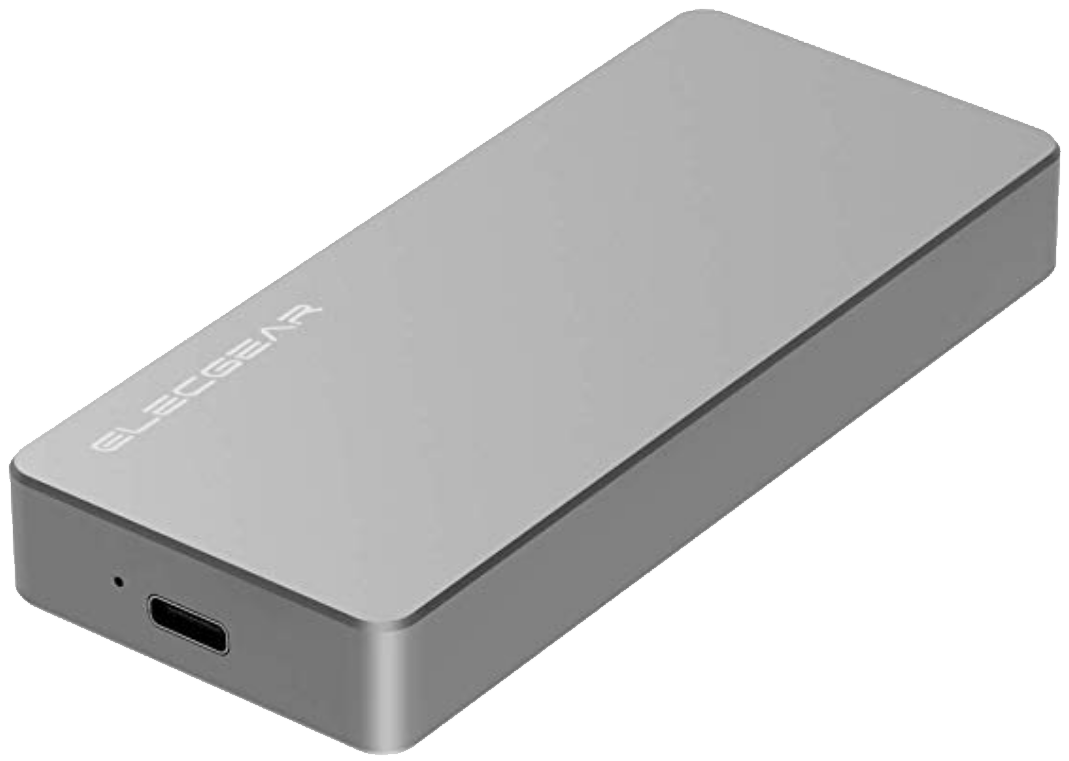
ElecGear M.2 PCIe enclosure ($50 at Amazon)
If you're cloning the original SSD to the new SSD, an external enclosure is needed. This option from ElecGear fits M.2 PCIe NVMe SSDs and can connect back to your Legion Y740 with USB-C or USB-A.
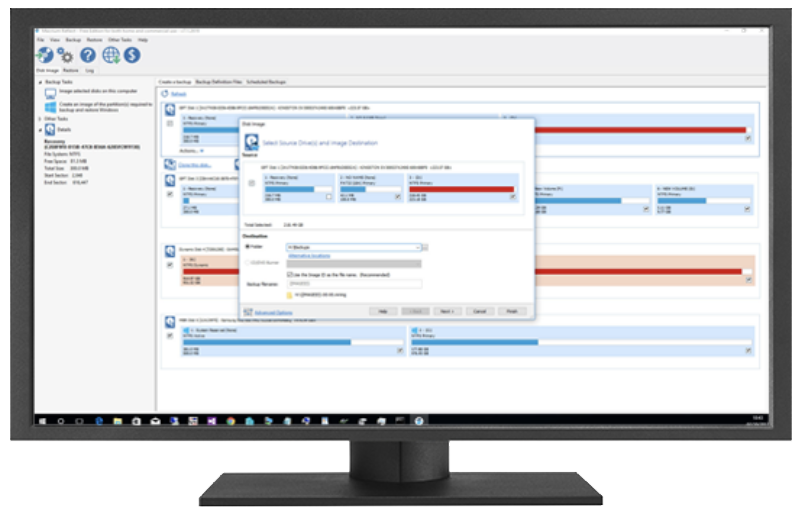
Macrium Reflect 7 (Free at Macrium)
We've had success cloning drives with Macrium Reflect 7, and have even written a complete guide on how to use it properly. A free edition is available, but you can purchase a full edition with a bunch more features for those who truly take backups seriously.
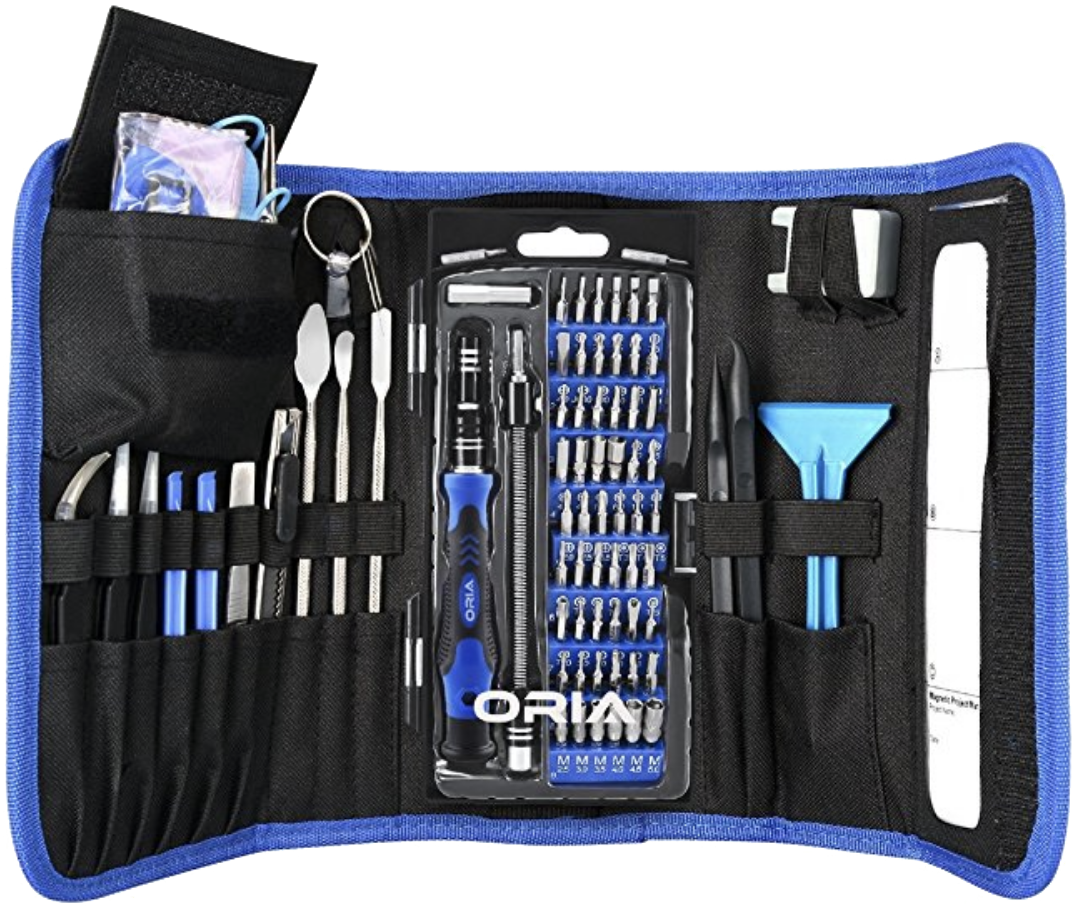
ORIA PC toolkit ($33 at Amazon)
Having the proper gear to work on your PC will always make the job much easier. Here you get a plethora of tools contained in a portable case.
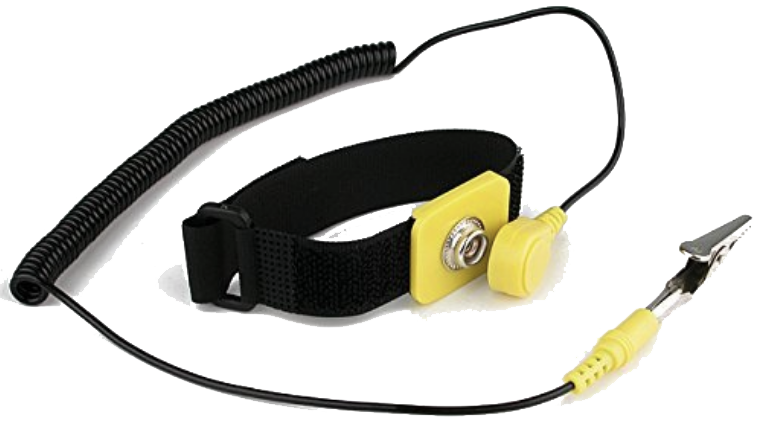
Rosewill anti-static wristband ($6 at Amazon)
Static electricity can damage sensitive PC parts, so remove the risk with an anti-static wristband. Fasten it around your wrist and clip it onto your PC for peace of mind.

Cale Hunt brings to Windows Central more than nine years of experience writing about laptops, PCs, accessories, games, and beyond. If it runs Windows or in some way complements the hardware, there’s a good chance he knows about it, has written about it, or is already busy testing it.
